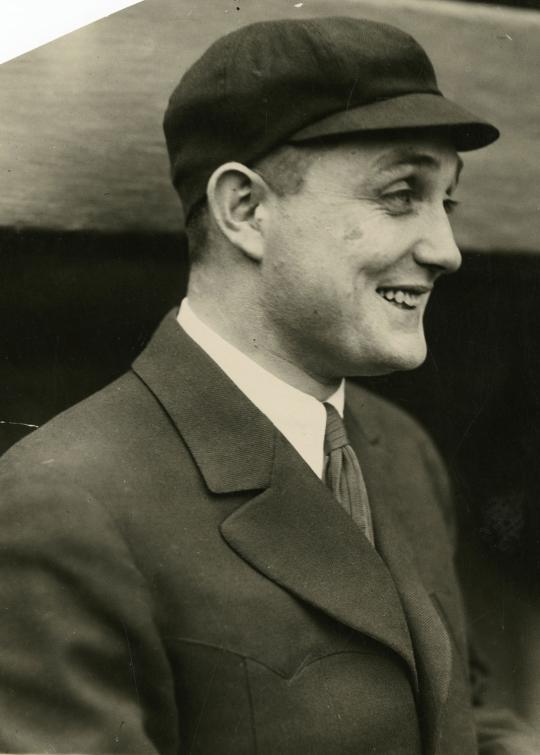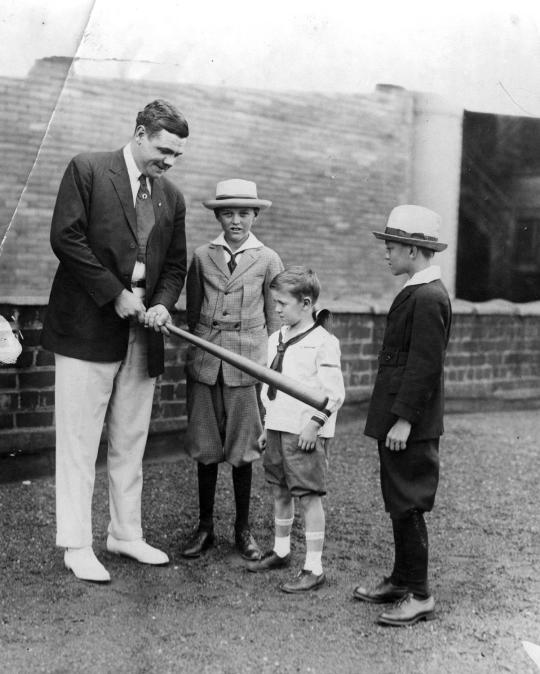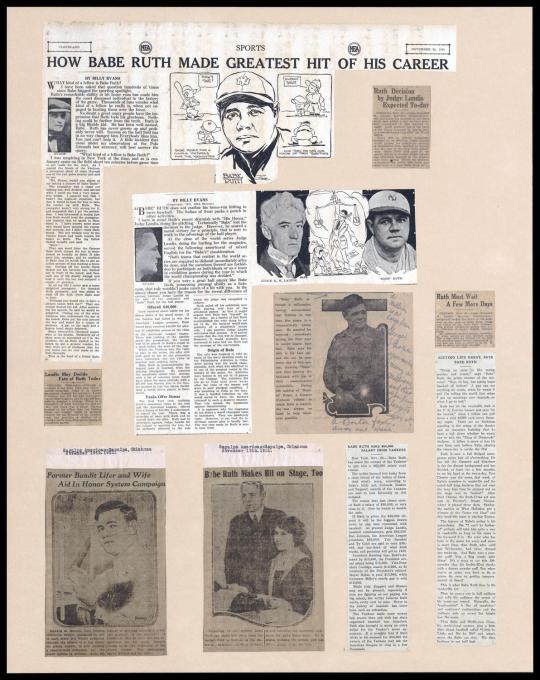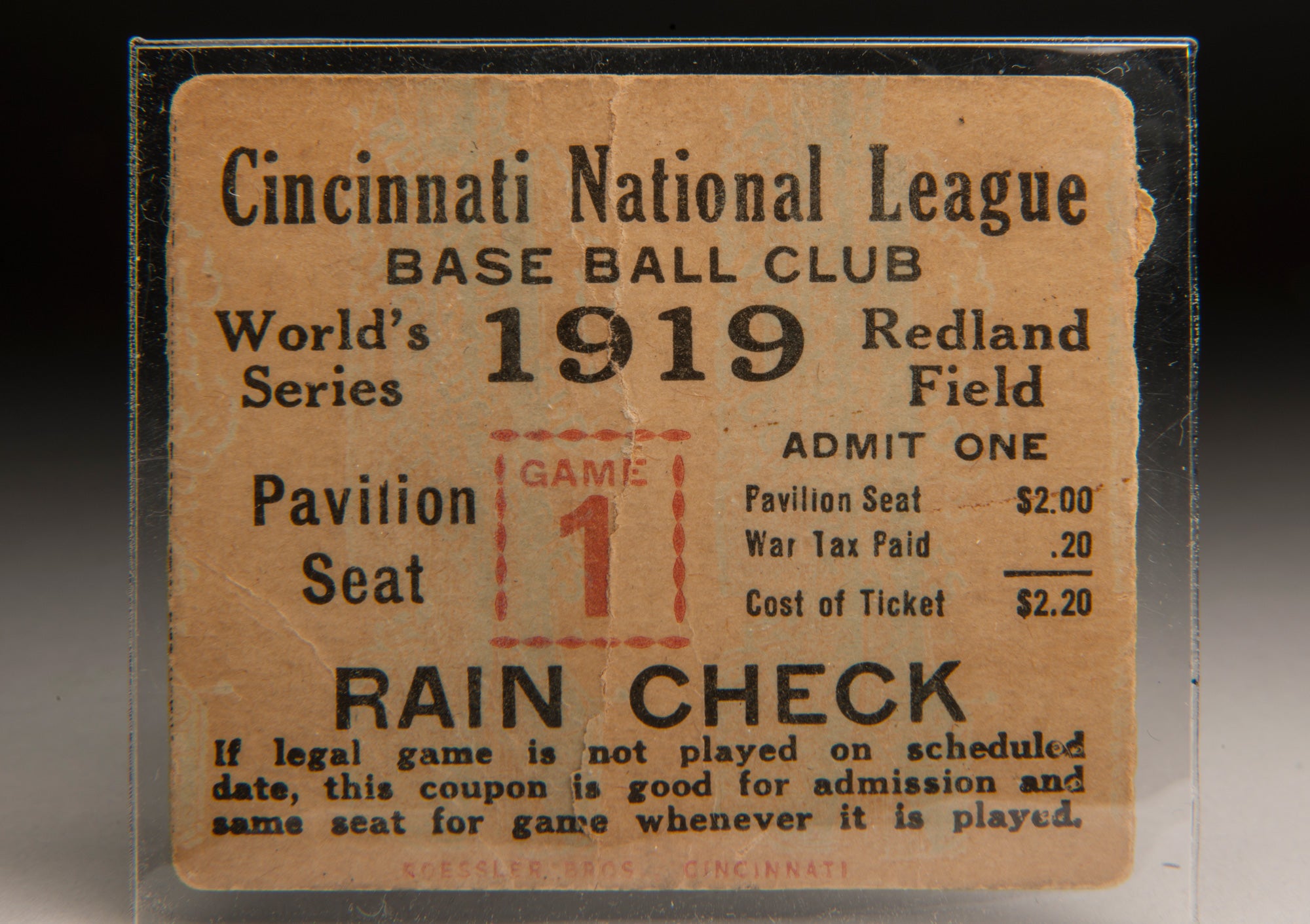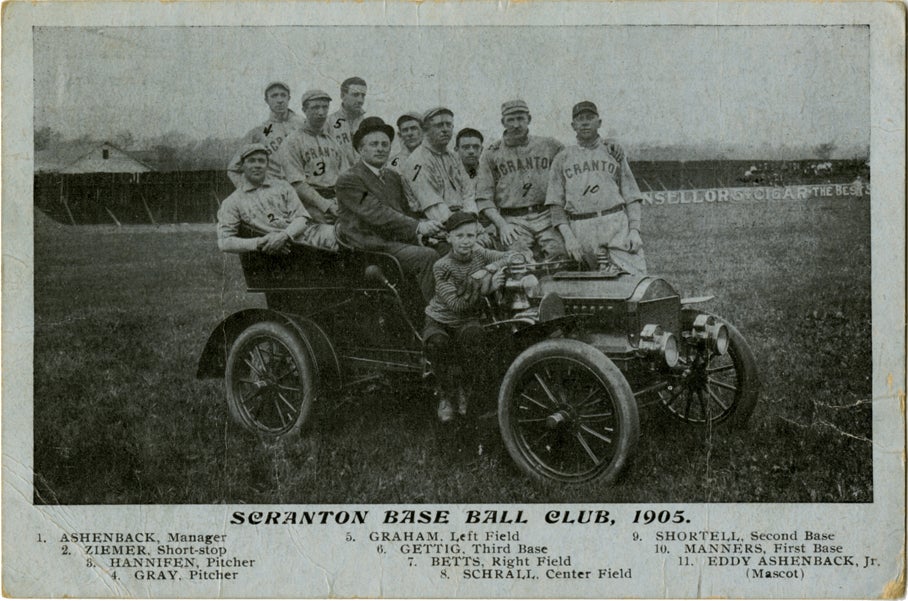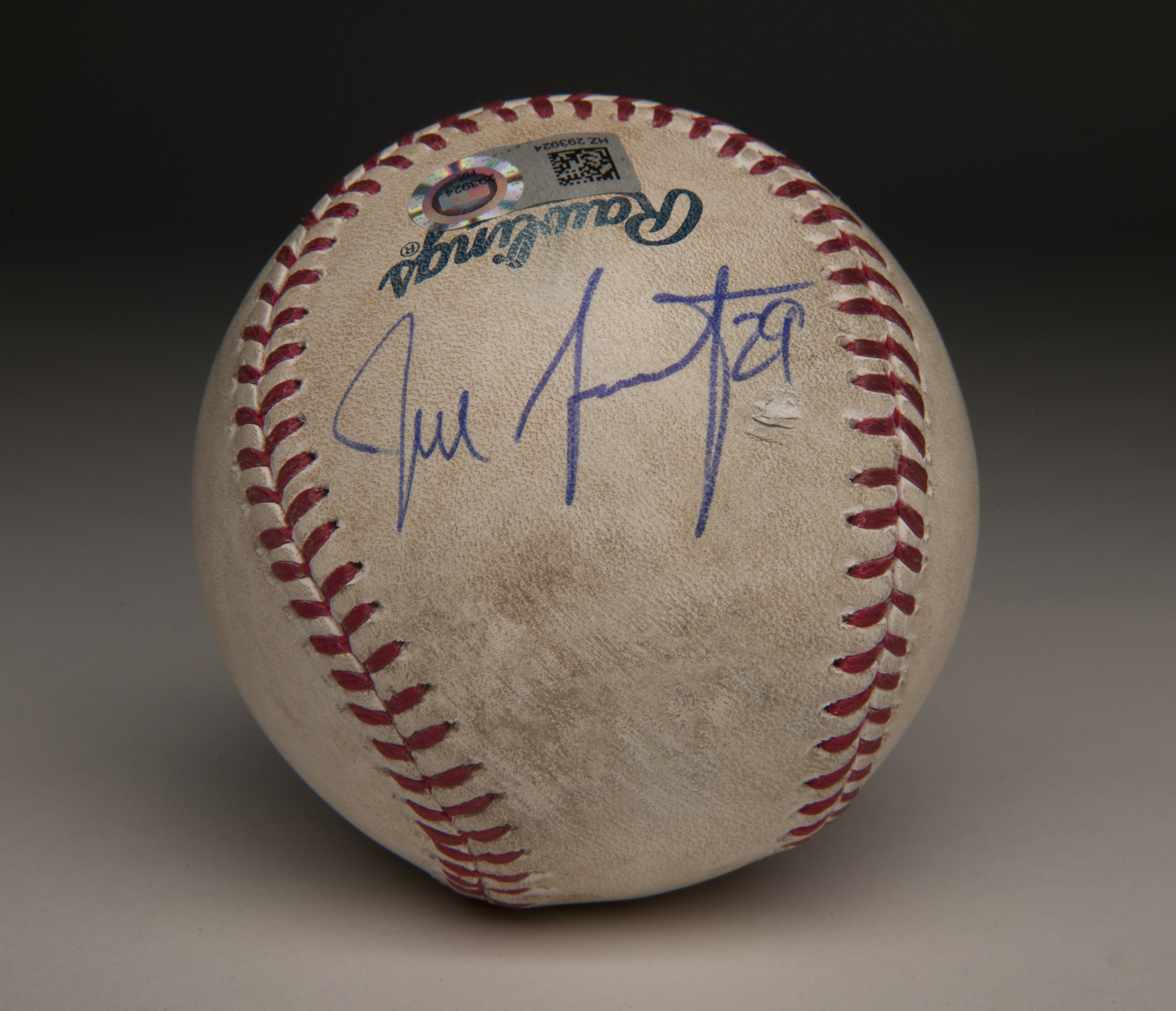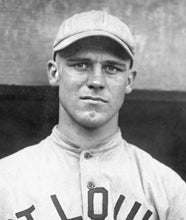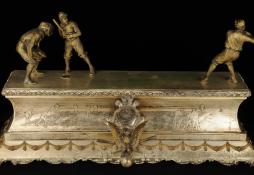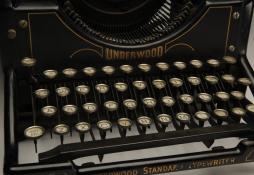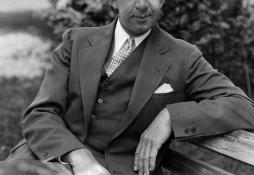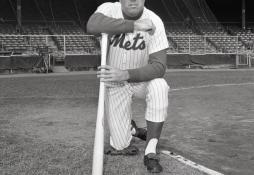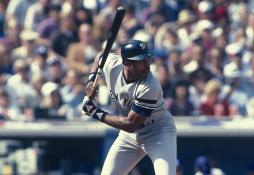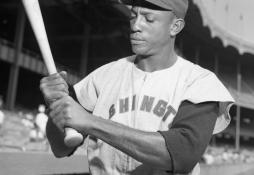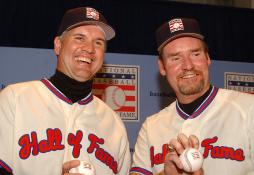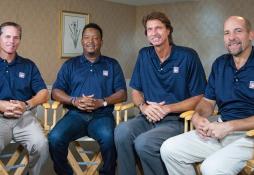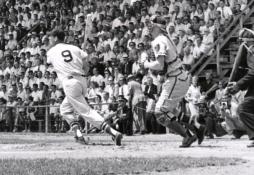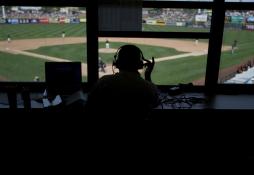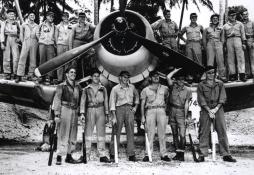- Home
- Our Stories
- The Voice of Babe Ruth
The Voice of Babe Ruth
In spite of all the photographs, the worldwide contemporary press coverage, and the multitude of biographies since, the voice of Babe Ruth – his personality expressed by his actual words – remains elusive.
Sportswriters of the time were in the business of selling papers and were not above inventing quotes and attributing them to Ruth – the bigger and more outlandish, the better for his oversized persona. Even quoting him directly usually required some cleaning up for family newspapers. Babe Ruth's widely syndicated columns were ghostwritten, often by his publicity agent and representative Christy Walsh, who had a financial incentive to perpetuate the mythology of Babe Ruth rather than the man.
However, a recently digitized article from the Babe Ruth Scrapbooks in the Hall of Fame Archives gives us a rare account of the authentic voice of Babe Ruth, if only briefly, and it comes from a highly reliable source: Hall of Fame umpire Billy Evans.
Though only 22 when he became an American League umpire in 1906, Evans quickly earned the respect of players by treating them with dignity and by being willing to admit he sometimes made mistakes. In 1911, an anonymous Yankee pitcher called him "best, fairest and squarest umpire in the league.” In 1913, the Chicago Record-Herald profiled Evans under the headline “Here He Is – The Perfect Umpire.” Late in his life, George Sisler, Hall of Fame outfielder who played primarily for the St. Louis Browns, wrote, “I admired [Evans] very much and whenever he said a player was out or safe or whether a ball was a strike or a ball, I took it for granted he was right.”
Hall of Fame Membership
There is no simpler, and more essential, way to demonstrate your support than to sign on as a Museum Member.
Evans's first job had been as a sportswriter, and eventually, he took to writing articles in addition to working as an umpire. His work – notably absent of the mannered, highly ornamented phrasing of the time – was published in the Sporting News and Collier’s, and he soon became sports editor for the syndication service Newspaper Enterprise Association. There he wrote a column called “Billy Evans Says” that was carried by over 100 newspapers. Evans often said that one of the keys being a good umpire was the "ability to study human nature and apply the findings" – a skill also apparent in his writing.
In a “Billy Evans Says” column, published in late November 1922, Evans gives an answer to a question he had been asked many times: “What kind of fellow is Babe Ruth?” He begins by puncturing any perception that Ruth “feels his greatness. Nothing could be farther from the truth. Ruth is a big likeable kid.” He adds that “Success on the ball field has in no way changed him. Everybody likes him. You just can’t help it.” Then Evans tells a story.
Billy Evans was a writer in addition to being a Hall of Fame umpire. He wrote nationally syndicated columns for the Newspaper Enterprise Association. In this column, from a recently digitized page in the Babe Ruth Scrapbooks, Evans gives his answer to the question, What kind of fellow is Babe Ruth? BL-161-56-1. (National Baseball Hall of Fame Library)
About 10 minutes before a Yankees game at the Polo Grounds in the summer of 1922, Evans came onto the field and stood near the Yankees dugout when a “youngster about 12 came through one of the exit gates nearby and said, ‘Mr. Evans, would you object to my taking a picture of Babe Ruth?’”
Evans sized up the child, a clean-cut boy holding a “very expensive” Kodak camera. Evans had no objections, but he told the boy that he really ought to ask Ruth himself. Evans describes how the scene unfolds:
The youngster wasn’t very strong for it, and suggested that I get the permission. I was interested in seeing just how Ruth would treat the youngster, and insisted that he speak to Babe about it. I have known some stars who would have ignored the youngster entirely, but I didn’t think Babe would. The boy walked over to the Yankees bench and made known his desire to Ruth.
Evans says “That one word from the famous Babe Ruth caused the boy to smile almost as broadly as Babe. It also gave him courage,” and the boy asked if he could get an “action shot.” Ruth stood up, grabbed a bat and stepped on the field. He took a “deadly swing” which he then held frozen while the boy took pictures.
The big fellow smiled broadly and said:
“Sure.”
There it is. One word. But unmistakably authentic. One can almost hear his baritone voice, loud, generous, spirited.
After the taking the photos, the boy thanked Ruth several times and was getting ready to head back to the stands, when Ruth interrupted – didn’t he want a picture of them together? “That one almost floored the kid,” Evans writes. Ruth handed the camera to a teammate, and then “put his arm around the boy and posed for a couple of pictures.” Then he patted the kid several times, and gave him a hearty handshake, and the boy skipped back to the stands.
That, Evans tells us, “is the kind of a fellow Babe is.” And that word – that one exuberant word – is the authentic voice of Babe Ruth.
Larry Brunt was the Museum’s digital strategy intern in the Class of 2016 Frank and Peggy Steele Internship Program for Youth Leadership Development

